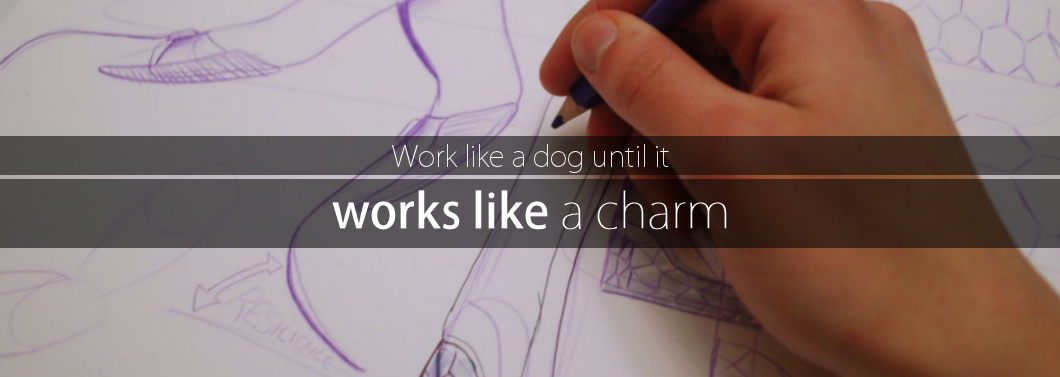Friday 13 March 2015
New Illustration!
This illustration was created to accompany the short story, "The Hideout" by Robynne Eagan - one of the winners of Carleton Creative Writing Competition.
Sunday 8 March 2015
From Buckets to Rain Barrels - fundraising
An invitation design I helped create for a fundraising gala for "From Buckets to Rain Barrels" in Partnership with NGO TEMBO.
Would you like to attend?
The Gala in on April the 9th, and tickets cost $100. All proceeds go to funding the continuation of the "From Buckets to Rain Barrels" project and "Project TEMBO."
Register here: http://forms.carleton.ca/sprott/from-rain-buckets-to-rain-barrels-fundraiser/
What is From Buckets to Rain Barrels ?
The challenging climate of the Longido District in Tanzania contributes to a chronic water shortage. Longido District lies just north of Arusha and west of the slopes of Mt. Kilimanjaro, in the heart of the Maasai culture. This region has a dry savanna climate. The district experiences extended periods of severe drought alternating with heavy seasonal rains that cause excessive flooding. Villagers have almost no means to capture and divert rainwater for community use, resulting in a chronic water shortage. Because of this water shortage, there is very little production of food crops in the immediate region, resulting in high levels of food insecurity.
The region is in critical need of sustainable water harvesting solutions. Carleton students will work with community residents to design and deploy innovative solutions that will allow villagers to capture and conserve rainfall runoff, as well as access it in an efficient manner. Business students will contribute their expertise by designing a financially sustainable structure whereby community residents would be employed in ongoing production and distribution, while industrial design students will contribute their expertise in designing a creative infrastructure and user solution using locally available materials and technologies.
What is Project TEMBO?
Project TEMBO in Canada is the fundraising arm of TEMBO. It is also accountable to donors and the the Canadian Revenue Agency for the proper use of the funds. The charity focuses on creating micro-enterprises and educational opportunities for girls and women in Longido, Tanzania.
While the Tanzanian government funds primary school education, secondary school tuition and all school expenses and fees must be paid for by families. For many people, providing an education for their children is a ‘luxury’ they simply cannot afford. The situation is similar for post-secondary studies. The Tanzanian government is able to provide very few scholarships or grants.
Cheers,
I'd love to see you there!
Thursday 5 March 2015
Fourth Year Major Project Process: Testing and Prototyping Collapsible Tanks
Context
Longido, Tanzania suffers from chronic water shortages which lead to a variety of related problems including poor health and sanitation. Collection of water in Longido is an inefficient process, with negative impacts affecting mainly women and children. Women and girls spend a large portion of the day collecting water from a town reservoir, waiting in line for several hours, or walking up to 10 kilometers to gather water from the fresh water springs on Mount Longido. When it rains, people put out buckets to collect the rain, but most of the water goes uncollected and is washed away in seasonal rivers, sometimes leading to flooding.
Problem Statement
There is a critical need in the community for solutions related to water collection and storage. Solutions must be financially viable and technologically appropriate. The solutions should reduce the effort people must make to collect water and provide better long term storage.
Direction
The project direction has gone through many changes. Very early research focused on agriculture and related issues. After examining the root issues associated with farming in Longido, water was identified as a main problem.This led the research towards rain water collection, specifically in the form of eaves troughs. After visiting Longido, however, it was found that there were very few solutions in place to support the storage of rain water. Making note of this, the direction of the project now focuses on water storage for domestic use.
Subscribe to:
Posts (Atom)









